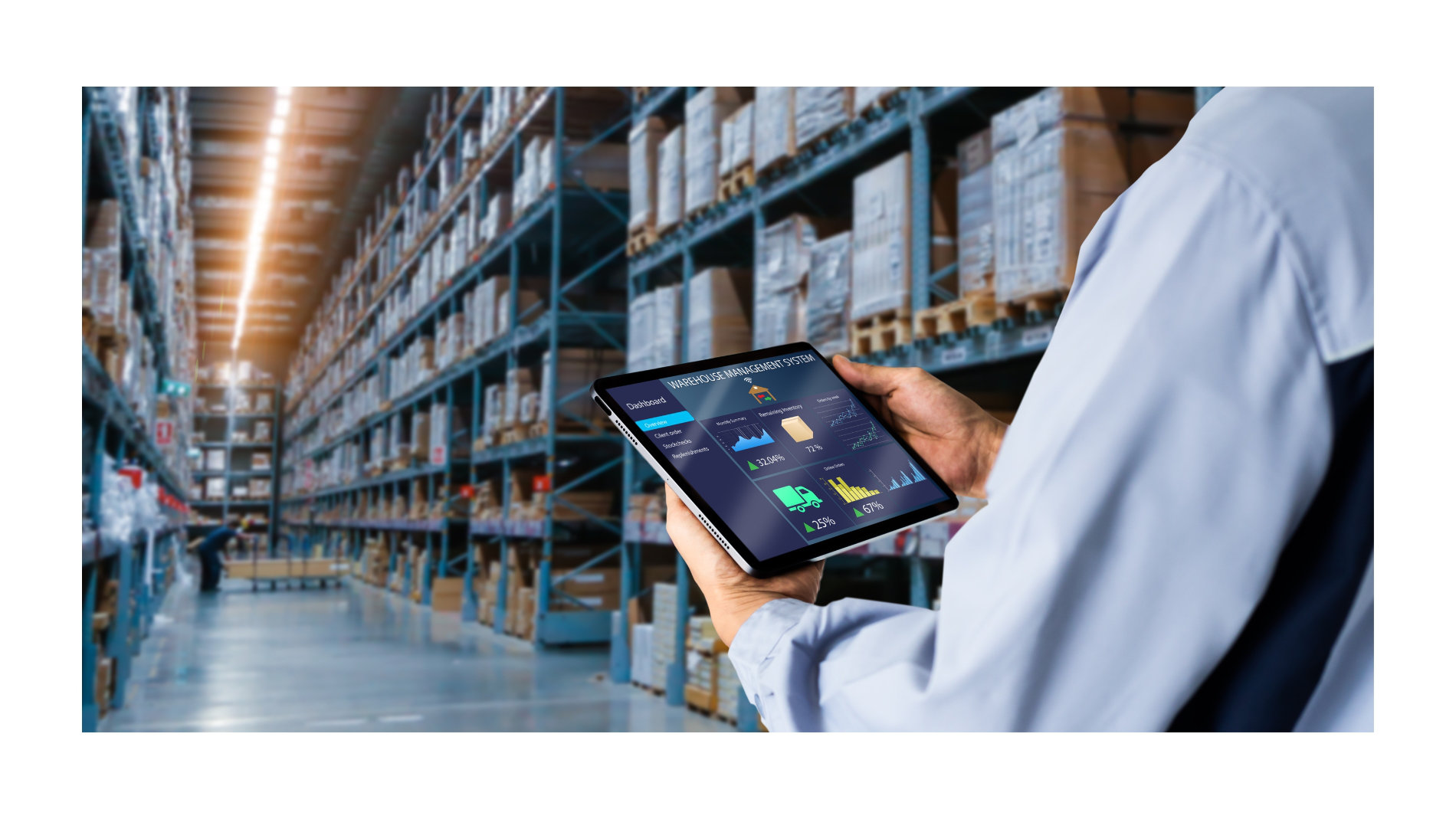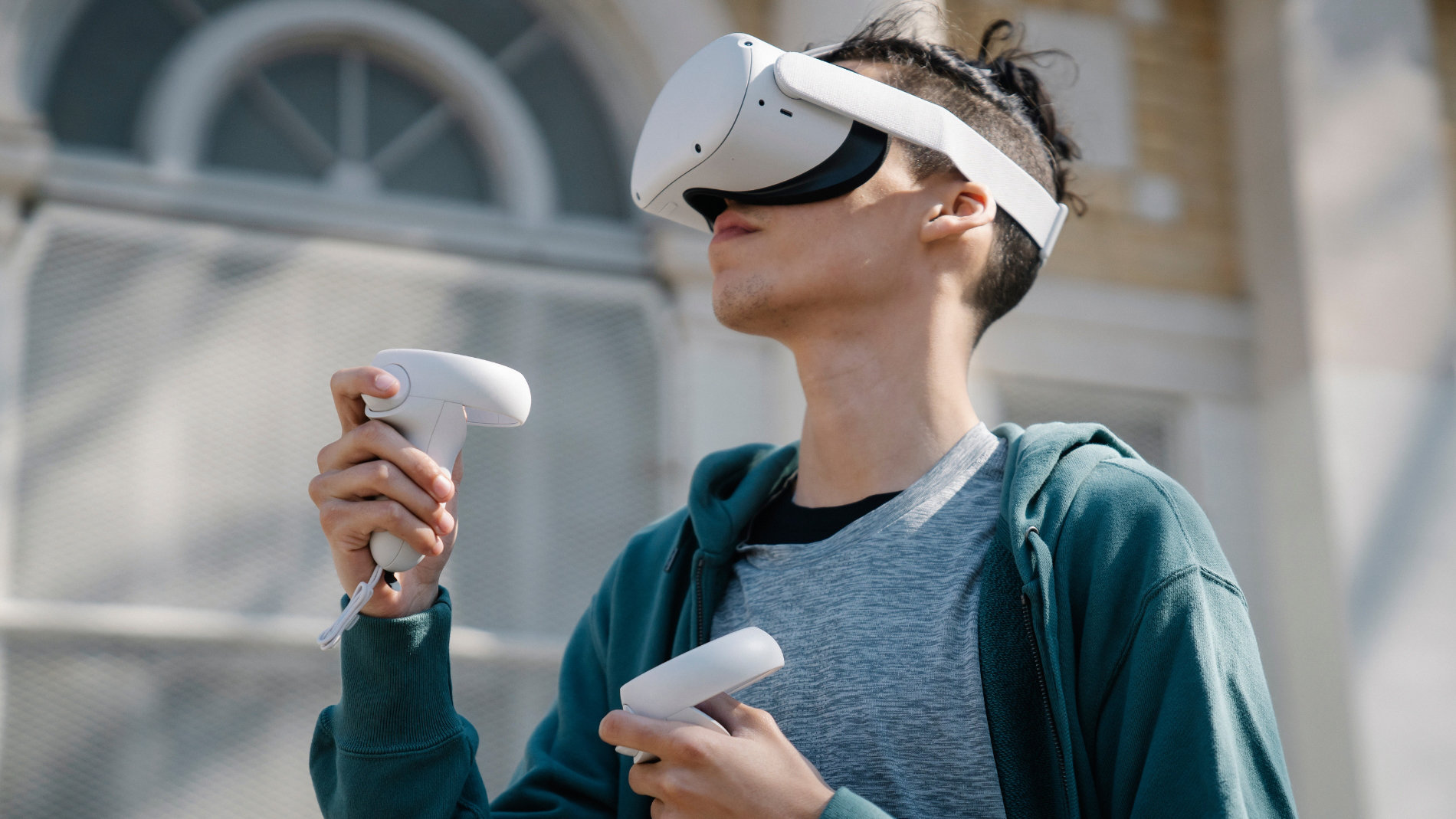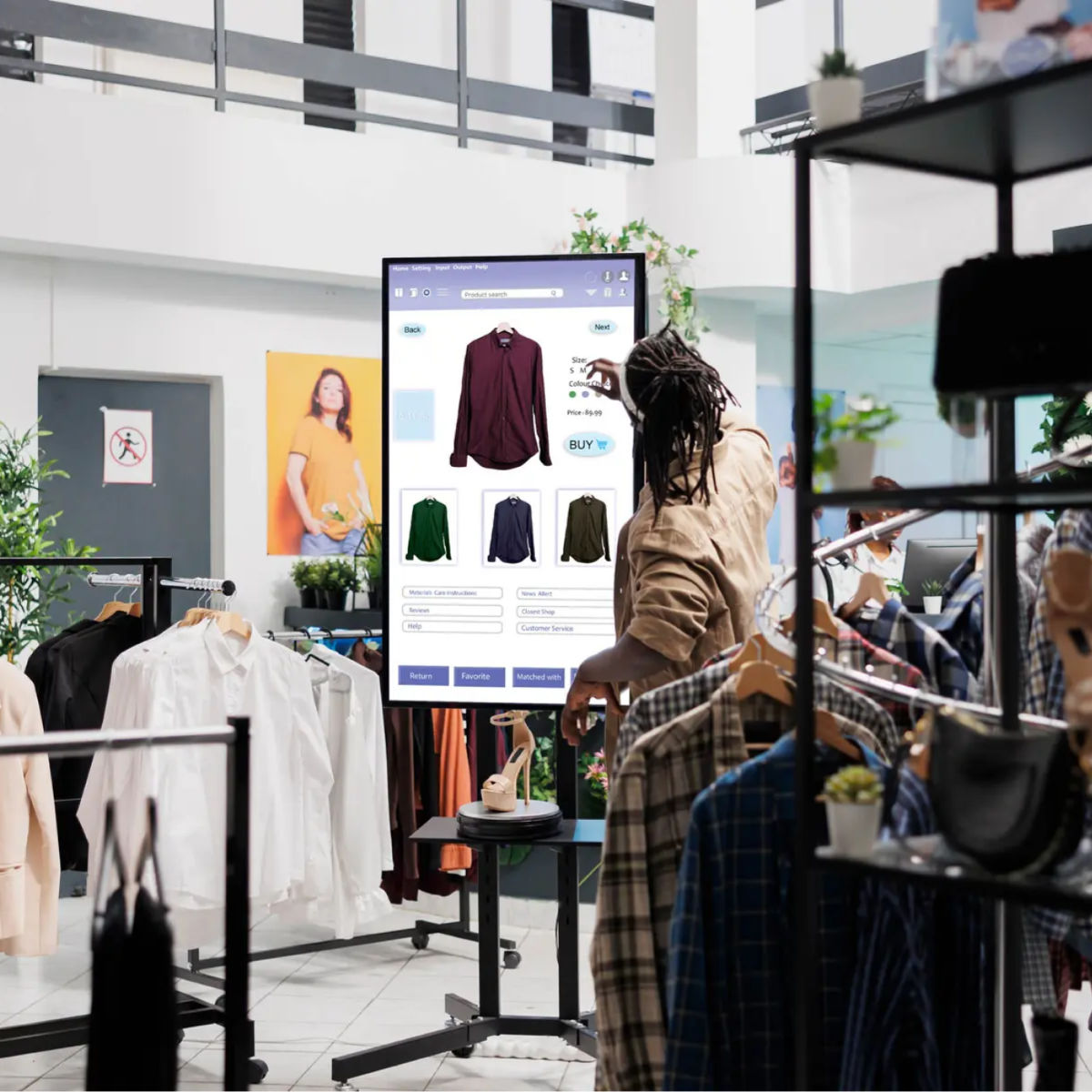Digital transformation in retail is the key to more efficient processes and innovative sales concepts. It connects brick-and-mortar shops with the online world, unlocks new revenue potential, and secures business success in an ever-evolving retail landscape.
The Importance of Digitalisation in Retail
Digitalisation is no longer a trend of the future – it is now a vital driver of growth and competitiveness. Across the economy, this shift marks a profound transformation, as physical retail and e-commerce continue to merge. Retailers who embrace digital solutions can work more efficiently, cut costs, and enhance the customer experience.
Digital strategies are now seen as a crucial driver of competitiveness worldwide. Nearly 90% of large companies have embarked on a digital and AI transformation journey (McKinsey, 2024). However, only part of the expected benefits – such as revenue growth or cost savings – have actually been realised. Studies by MIT CISR show that just 22% of organisations can be considered truly future-ready, and these companies significantly outperform their peers in terms of revenue growth and margins (MIT CISR, 2021)1.
At the same time, consumer behaviour is changing fundamentally. Today’s customers expect seamless shopping experiences – whether online, mobile or in-store. Those who meet these expectations strengthen their competitive position and ensure long-term business success.
The advantages of digitalisation are clear:
- Efficient operations
- Improved customer experience
- Wider reach
- Data-driven decision-making
- Cost savings through automation
- Greater sustainability

Opportunities and Ideas for Digitalising Retail
Key approaches shaping the future of shopping include:
- Omnichannel strategies: linking online shops, physical stores, and mobile apps for a consistent customer journey
- Innovative technologies: such as digital price tags, intelligent shelving, or AI-based product recommendations
- Mobile check-out: allowing customers to pay via smartphone or self-checkout systems without queuing
- Social media marketing: targeting customers on platforms like Instagram, TikTok, or Facebook
- New concepts: digital shelf extensions, sales staff with tablets, social commerce, and even emerging use cases in the metaverse
These measures help boost sales, make effective use of customer data and allow for more precise marketing campaigns.
POS Marketing and Personalisation
The point of sale (POS) is evolving – from a simple place of purchase to a space for experience.
Digital displays, interactive consultation tools and mobile services enable real-time updates to offers and provide personalised value.
At the same time, analysing purchase history, customer profiles and behavioural patterns enables retailers to deliver tailored recommendations and targeted campaigns. This brings customer centricity to life and transforms brick-and-mortar retail into a space that inspires and retains customers.
Digital Technologies and How to Implement Them
Successful digital transformation in retail depends on having the right technical foundation. This includes:
- Cloud-based merchandise management systems for real-time inventory tracking
- Artificial intelligence for demand forecasting and product recommendations
- Augmented reality (AR) for virtual fittings and product visualisation
- Emerging technologies such as robotics and the Internet of Things (IoT)
Implementation requires a clear strategy – from needs analysis and tool selection to staff training. Only then can investments in digital technologies deliver long-term value.
Challenges in Digitalising Retail
Despite the many opportunities, digital transformation also comes with challenges: high upfront investment costs, potential security risks, and significant training needs for staff. Additionally, technologies can quickly become outdated, and not all customers are digitally inclined – creating the risk of a digital divide.
Conclusion: Digitalisation as a Key to Success
Digitalisation in retail is not a passing trend but a prerequisite for future viability. It opens up new opportunities to enhance customer experiences, automate processes and unlock revenue potential.
Businesses that invest in digital strategies today and actively engage their teams will gain crucial competitive advantages – laying the foundation for long-term success in an increasingly connected retail world.
Frequently Asked Questions on Retail Digitalisation
What are some examples of digitalisation in retail?
Examples include omnichannel strategies, self-checkout systems, digital price labels, personalised offers, AR applications and social media-based sales campaigns.
Smart inventory systems, automated ordering processes and AI-powered product suggestions are also commonly used innovations in retail.
What role does digitalisation play in retail?
It acts as a driver for innovation, greater efficiency and customer focus. Digitalisation enables retailers to respond flexibly to market changes and meet customer expectations in a modern way.
It also provides the foundation for data-driven decision-making and continuous improvement of the shopping experience.
1 McKinsey (2024): How top-performing companies approach digital transformation
MIT CISR (2021): Future-ready Companies Study










